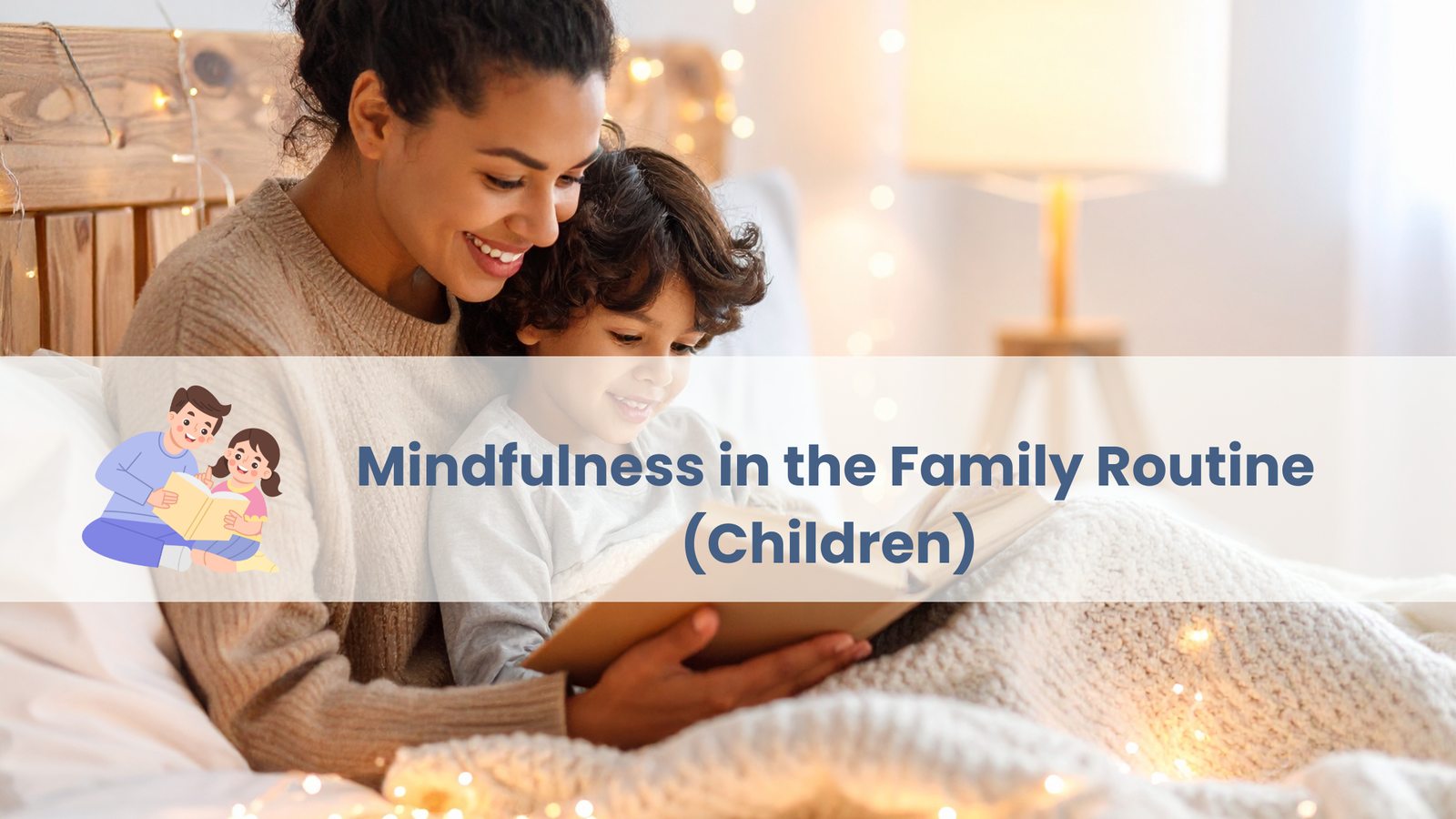
Purpose: To integrate calmness as a game and a habit.
-
Calm Games: Introduction to Flower and Candle Breathing (smell the flower, blow out the candle) and simplified Body Scan (“How do your hands feel?”). Integrate the pause.
-
Integration into Transitions: Use a 1-minute mindfulness exercise before key moments (e.g., before entering school or before dinner) to center attention.
Exercise Files
